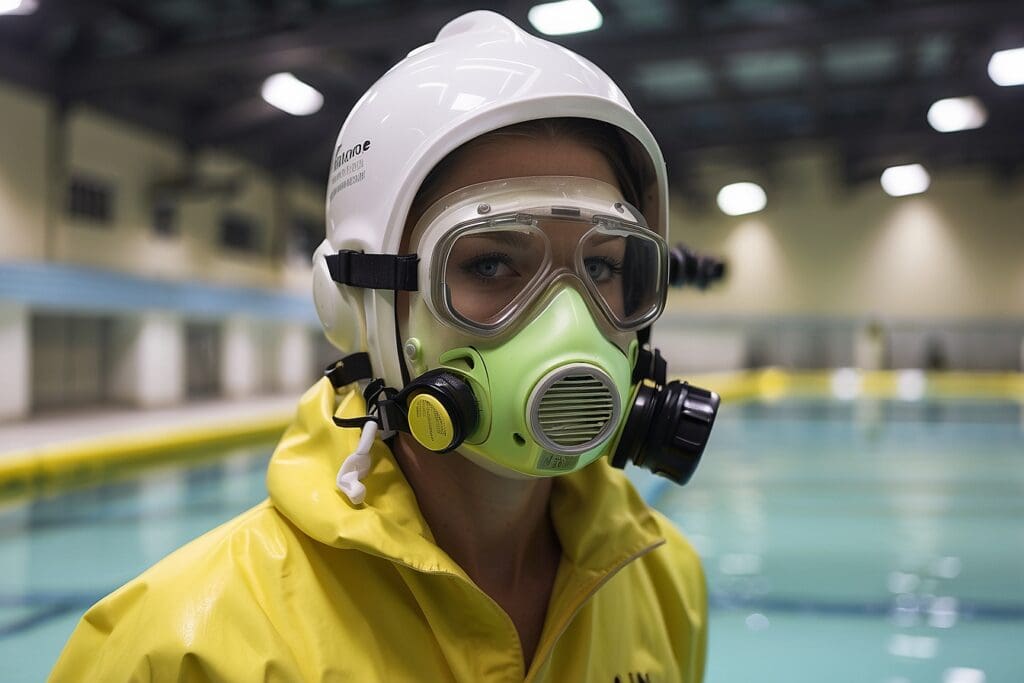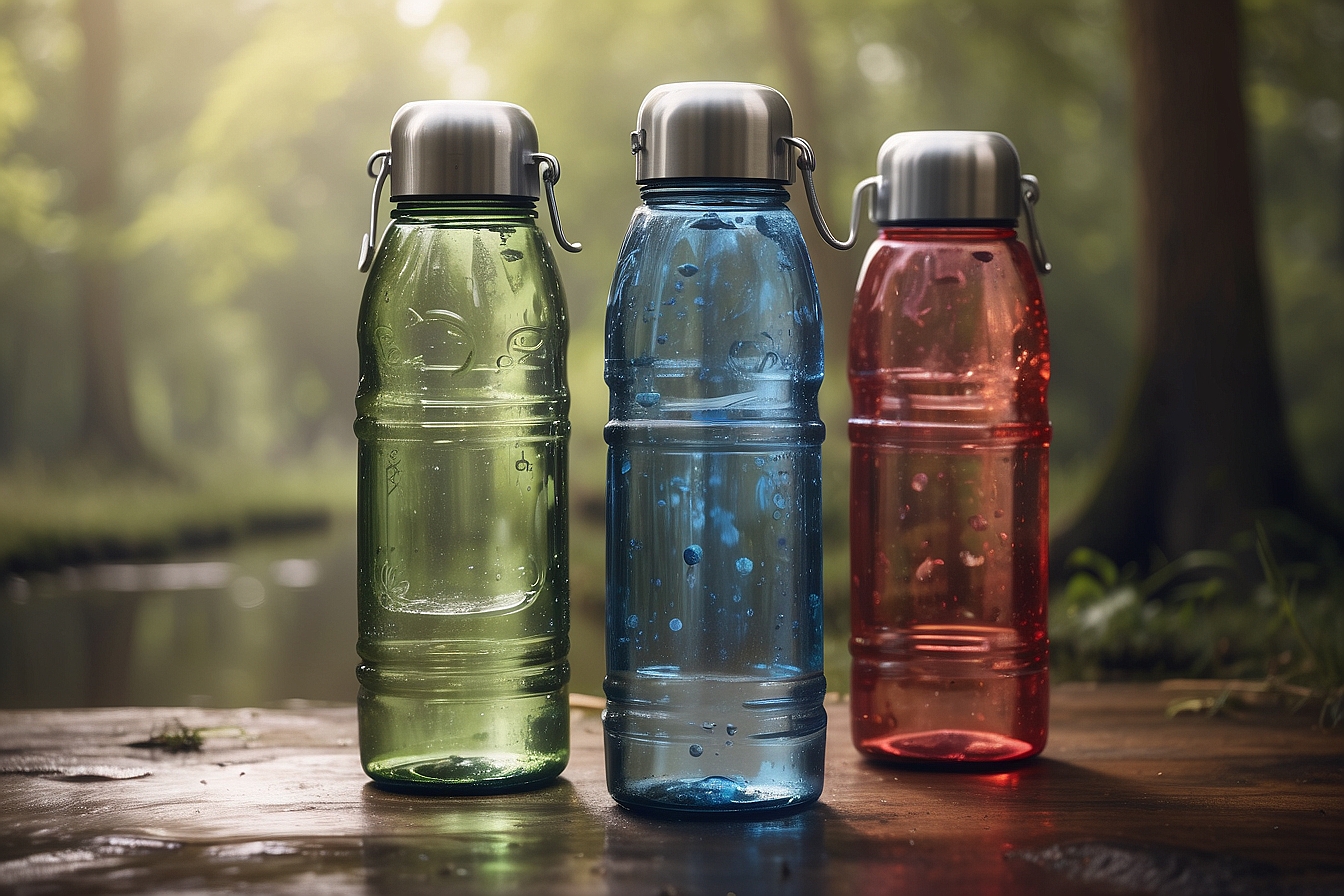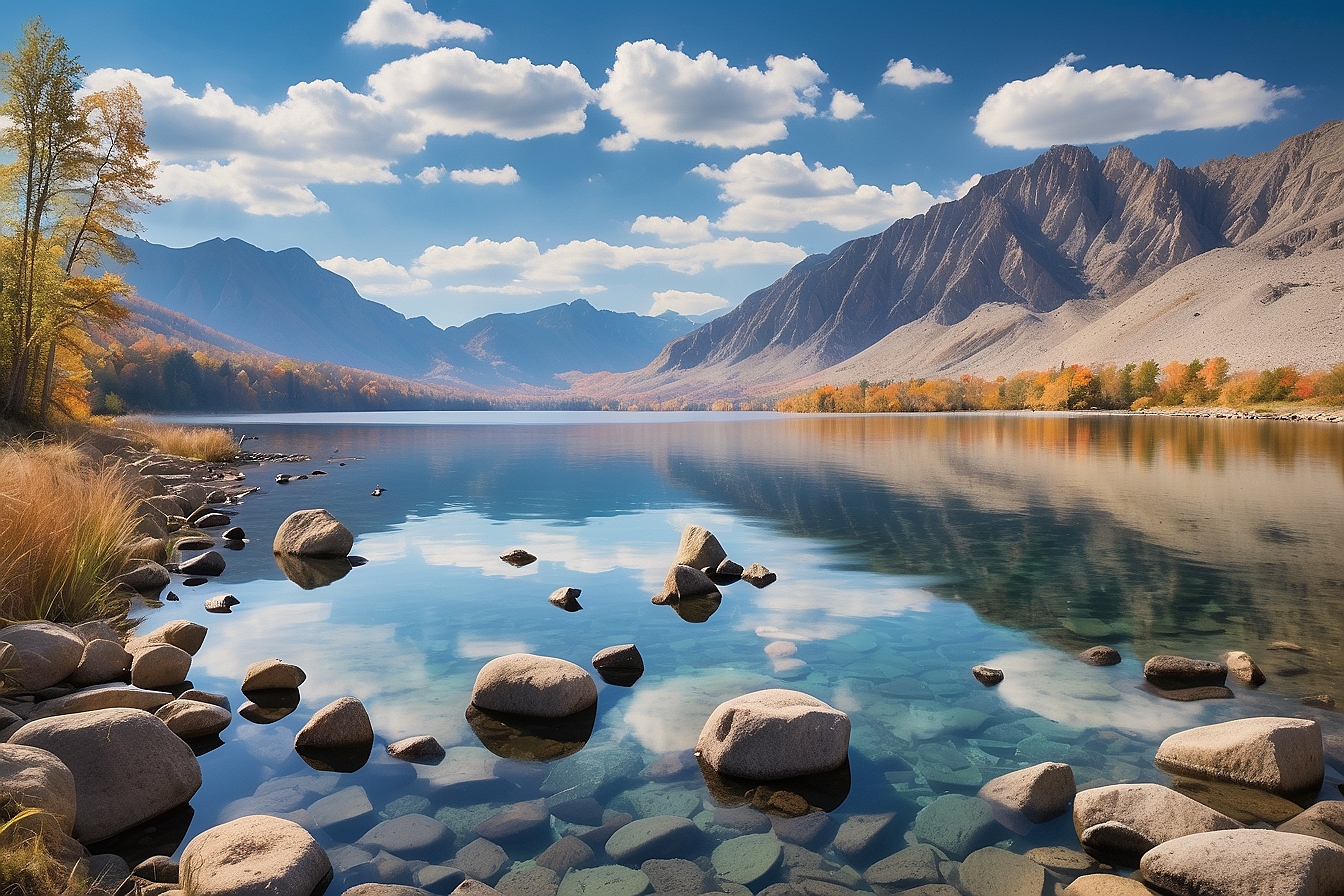For many, thoughts of summer are full of swimming pools and the strong smell of chlorine that goes along with them. Growing up, all I knew about chlorine was that it made pools safe to swim in. However, it turns out that chlorine is in more places than we think—its’ not just something to deal with during summertime.
Chlorine Basics
 iChlorine is a chemical that is commonly used as a disinfectant. At room temperature, it is a gas, but it is often pressurized into a liquid so that it can be transported. It is one of the most manufactured chemicals in the United States. Aside from killing bacteria in swimming pools, it is also used to sanitize drinking water and industrial sewage, and it is used in the process of making nitrogen
iChlorine is a chemical that is commonly used as a disinfectant. At room temperature, it is a gas, but it is often pressurized into a liquid so that it can be transported. It is one of the most manufactured chemicals in the United States. Aside from killing bacteria in swimming pools, it is also used to sanitize drinking water and industrial sewage, and it is used in the process of making nitrogen ![]() -containing organic compounds.2
-containing organic compounds.2
History of Chlorine
The earliest known bath houses date back to 3,000 B.C.E. in the Indus Valley (which is today Pakistan and northwest India). Baths were common features in Ancient Rome and Greece, as well as in India, Turkey, and Japan. In the 1800s, British people visiting India and Japan experienced the public baths and brought the idea back to England, where it spread throughout Europe and then to the United States.3 Before the introduction of chlorine (or other sterilizations methods such as ultraviolet light), swimming pools were filtered and the water was changed often to prevent the spread of disease. Some pools were even built on slopes to aid with drainage.4
British scientist Sims Woodhead first discovered that chlorine could be used to disinfect potable water in 1897. In 1903, when Brown University opened their swimming pool, they noticed that even though the pool was filled with city water fit to drink, the water had an unappealing brown color. By 1911, they had discovered that swimming pools could also be disinfected by chlorine and a filtration system.5
Negative Impacts of Chlorine
While chlorine does kill harmful bacteria found in drinking water and swimming pools, there are drawbacks to using this chemical. Chlorine creates byproducts when it enters water, air, and our bodies, such as dichloro acidic acid (which is linked to liver cancer), trihalomethanes (which is found in high amounts in women with breast cancer), dioxin, and polychlorinated biphenyl (also known as PCBs ![]() ).6 In addition to negatively impacting human health, chlorine can have detrimental environmental effects as well. For instance, when swimming pool water runs off into nearby lakes, rivers, or oceans, the chlorine is harmful to aquatic life.7
).6 In addition to negatively impacting human health, chlorine can have detrimental environmental effects as well. For instance, when swimming pool water runs off into nearby lakes, rivers, or oceans, the chlorine is harmful to aquatic life.7
Avoiding Chlorine Exposure in Your Home

While it is easier to choose not to swim in chlorinated swimming pools or hot tubs, avoiding chlorine exposure in your home is a little more complicated. One way to reduce your chlorine exposure is to not use laundry products that contain chlorine, such as bleach.8
Another way to avoid chlorine is to install a shower filter and a sink filter. We can absorb chlorine by drinking water and through our skin when we take a shower, and filters prevent this from happening. Matthew Waletzke, a toxic exposure consultant, explained, “Your liver is going to detox what’s in the drinking water, but there is a school of thought that says since your skin is the largest organ in your body, you need to protect it. It doesn’t have its own filter.” For baths, there are de-chlorinating bath balls that neutralizes the chlorine in approximately five minutes. Just run the bath and wait five minutes before getting in.9
A whole house filter is the ideal but most expensive option. This system filters out chlorine, fluoride, and contaminants, as well as removes the need for separate sink and shower filters.10
Alternatives
David Sedlak, a professor at the University of California, Berkeley, said, “It wasn’t until about the 1970s that we started to realize that chlorine had some unintended consequences… And one of the biggest unintended consequences of adding chlorine to water was that it reacts with some of the organic matter in the water to produce carcinogenic byproducts.” Since then, some cities have started to use chloramine, a chemical similar to chlorine, to make their drinking water safe.11
However, every water system reacts differently to certain chemicals because of the different materials it is made out of. When Washington D.C. switched over to chloramine, for example, the lead pipes started to leach. Previously, the chlorine had prevented the lead pipes from leaching. On the other hand, San Francisco switched over with no problems.12
Other alternatives to chlorination include ozone, which is also known to create carcinogenic byproducts, and ultraviolet light. However, to keep water safe all the way to people’s houses, there would need to be ultraviolet lights in the pipes, since pipes tend to leak and let harmful bacteria in.13 The answer is still not clear on how to safely disinfect our water, and more research on the alternatives to chlorine needs to be conducted so the options can be properly weighed.





